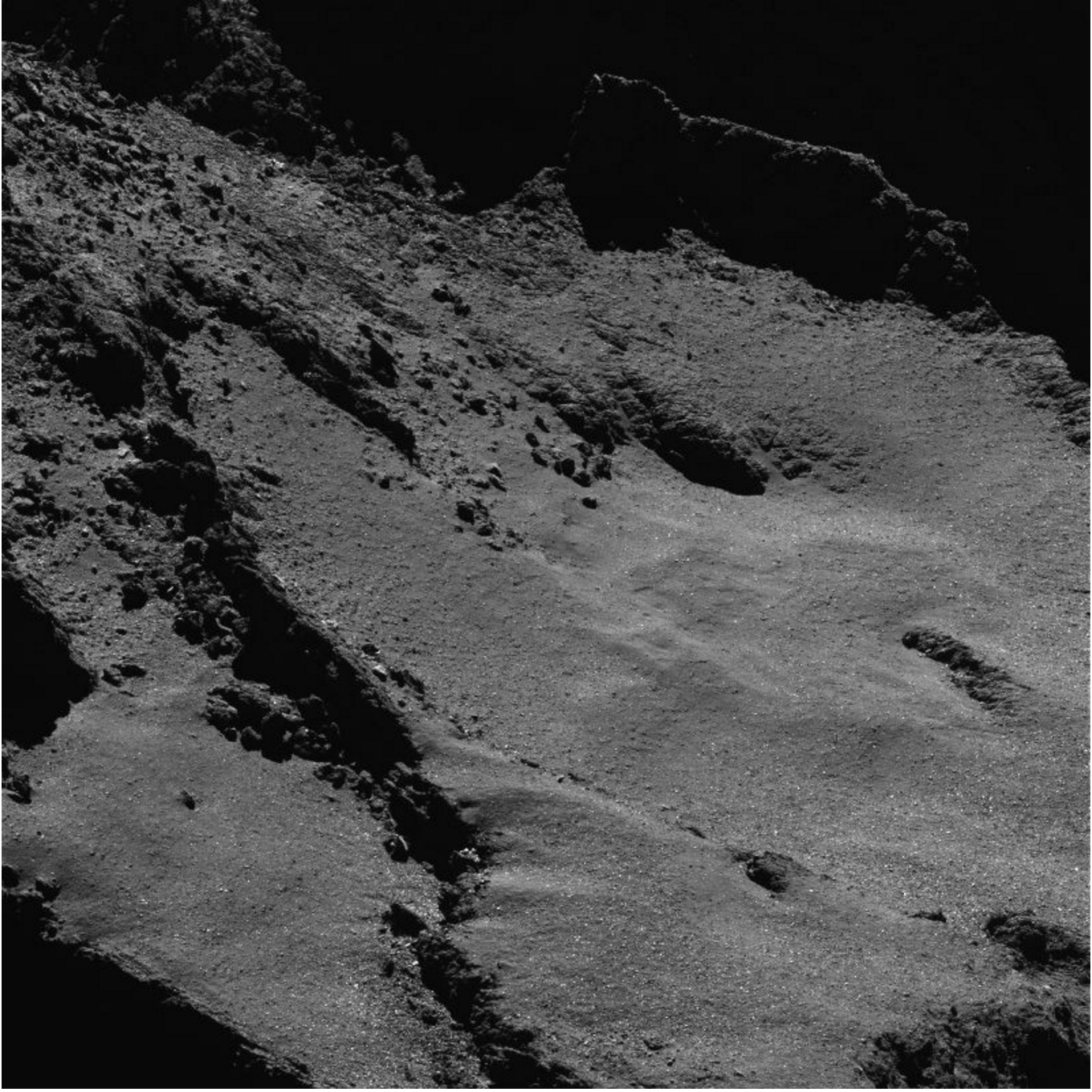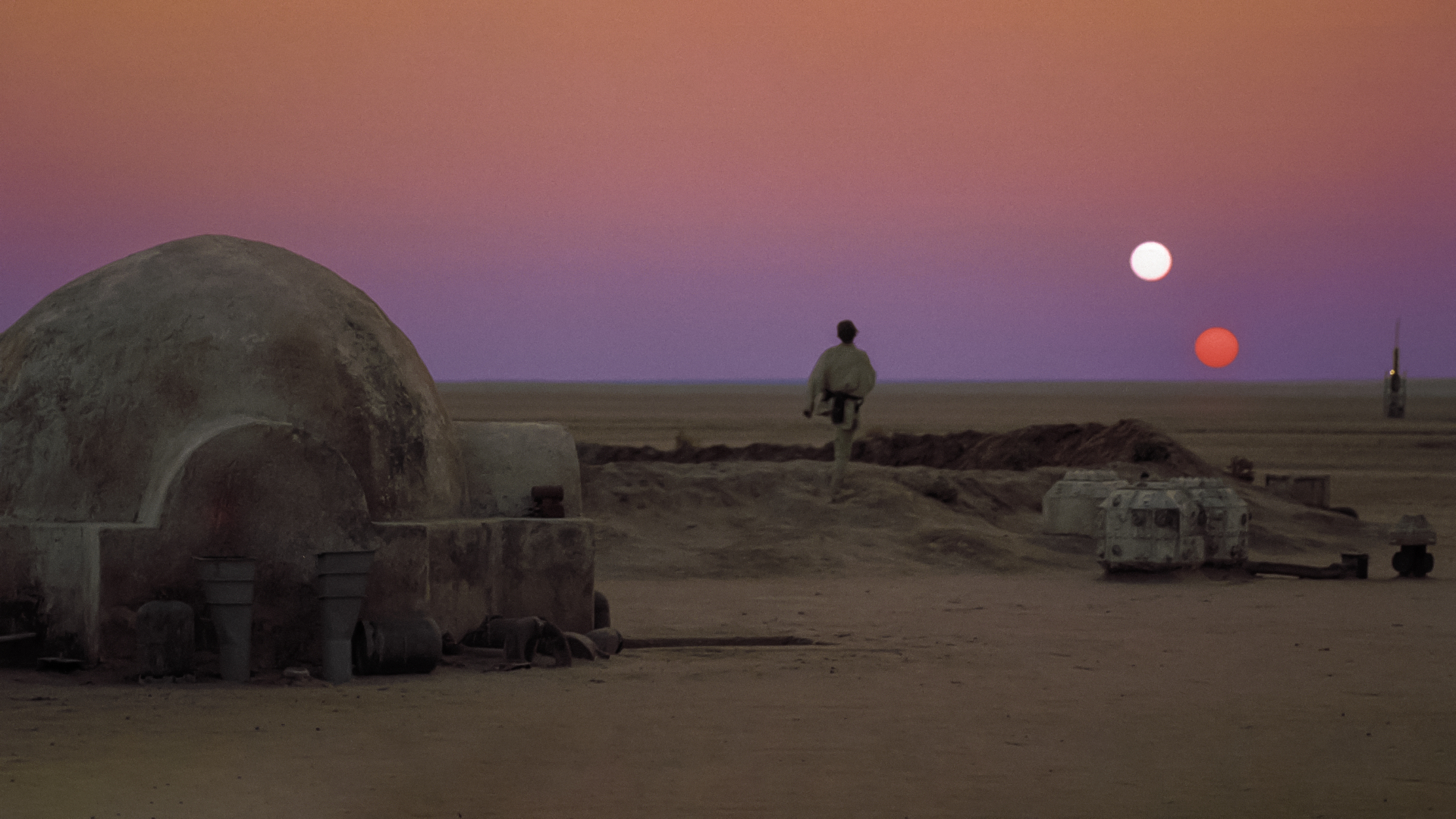Rosetta and Its Kin: A History of Comet and Asteroid Missions

As the Rosetta spacecraft closes out its historic mission with a descent to the surface of Comet 67P/Churyumov-Gerasimenko tomorrow morning (Sept. 30), the European orbiter joins a long list of cometary and small-body missions that have helped scientists learn more about the early solar system.
Rosetta's last moments will be broadcast live early tomorrow via several European Space Agency (ESA) channels, and NASA will air its own landing webcast as well. You can follow the action live here at Space.com, courtesy of NASA TV.
Here's a brief look back at the Rosetta mission and other spacecraft that blazed, or are currently blazing, trails to asteroids and comets around the solar system. [Rosetta Probe's 'Death Dive' Into Comet 67P Visualized (Video)]
Rosetta and Philae
The Rosetta orbiter and its piggyback lander, Philae, launched in March 2004, embarking on a decade-long journey to Comet 67P/Churyumov-Gerasimenko. Rosetta arrived at 67P in August 2014, becoming the first mission ever to orbit a comet.
In November 2014, the washing-machine-size Philae made its descent to 67P's surface. Things did not go as planned; Philae's securing harpoons failed to fire, and the lander bounced twice, spending several hours drifting above the surface.
When Philae finally came down for good, the area it landed in was so shady that its batteries could not recharge. Philae performed about 60 hours of work on the surface and made only sporadic contact with the Rosetta orbiter thereafter. The mothership, meanwhile, moved between different orbits above the comet and took high-resolution pictures of the surface. (Philae's landing site remained unknown until Rosetta descended closer to the surface in early September and captured the lander in a photo.)
The two spacecraft made several key discoveries at 67P. The type of water on the comet is different than that found on Earth, suggesting that asteroids, or at least comets unlike 67P, may have brought most of the water to our planet. The Rosetta team also found organic compounds — the carbon-containing building blocks of life — on 67P's surface.
Breaking space news, the latest updates on rocket launches, skywatching events and more!
Furthermore, Rosetta also provided an unprecedented close-up view of a comet's changing activity as it drew closest to the sun, and then pulled away. Such observations can help researchers improve their predictions of cometary activity in the future, mission team members have said. [Rosetta's Amazing Comet Mission in Pictures]
OSIRIS-REx
NASA launched an asteroid-sampling mission earlier this month, just three weeks before Rosetta's grand finale.
The Origins, Spectral Interpretation, Resource Identification, Security, Regolith Explorer, or OSIRIS-REx, spacecraft lifted off on Sept. 8 and is now journeying toward a near-Earth asteroid called Bennu. If all goes according to plan, OSIRIS-REx will arrive at Bennu in 2018, nab a sample of asteroid material in 2020 and return that sample to Earth in September 2023.
The mission should help scientists better understand the role asteroids may have played in bringing life's building blocks to Earth, NASA officials have said.
Deep Impact
NASA's Deep Impact spacecraft launched in January 2005 for Comet Tempel 1, with the aim of sending an impactor probe into the comet to learn more about its interior structure. The impactor was successfully fired on July 4, 2005, and Deep Impact took images from above.
The resulting crater showed that the comet contained more dust than previously expected (especially because the impact itself created a large dust cloud, which came as a surprise). Deep Impact was the first spacecraft ever to excavate material from a comet.
After its primary mission was complete, Deep Impact was redesignated EPOXI (Extrasolar Planet Observation and Deep Impact Extended Investigation) and began an extended mission. At first, investigators tried to fly the probe by Comet Boethin, but when it came time to refine EPOXI's trajectory, the comet vanished — presumably because it had broken up into smaller pieces. So, instead, EPOXI flew by Comet Hartley 2 in November 2010 and did long-range observations of Comet Garradd and Comet C/2012 S1 (ISON).
NASA lost contact with the probe in September 2013, likely because of a software malfunction. When EPOXI was lost, it was en route to asteroid 163249 2002GT, with a scheduled 2020 rendezvous.
Stardust
This NASA probe launched in February 1999 to collect samples from the coma of Comet Wild 2 and send them back to Earth. While flying to the comet, the spacecraft also passed by asteroid 5535 Annefrank.
Stardust's return capsule arrived safely on Earth in 2006, while the probe continued operations in space. Its mission extension, called NExT (New Exploration of Tempel 1), passed by Comet Tempel 1 in February 2011. This extended the observations previously done by Deep Impact in 2005. NExT, low on fuel, had its transmitter switched off in March 2011, ending the mission.
The particles from Stardust have been analyzed repeatedly over the past decade. This work yielded a surprising find in 2014: Some of the particles that were collected were possibly bits of interstellar dust.
Missions to Halley's Comet
The Giotto and Vega missions, which were mounted by Europe and the Soviet Union, respectively, were the first to perform up-close observations of a comet: Comet Halley, which passes by the Earth every 75 or 76 years.
Giotto launched in July 1985 and made a close pass of Halley in March 1986. While it was in the comet's neighborhood, Giotto was pummeled by debris — including one piece that knocked the spacecraft so it temporarily was not pointing its antenna at Earth. The camera was also lost due to debris strikes, but it managed to take pictures beforehand.
The Soviet Union redirected its Vega 1 and Vega 2 spacecraft toward Halley after both spacecraft had sent probes to Venus' surface. While the spacecraft passed several thousand miles away from Halley in March 1986, they were still able to take pictures and perform other measurements of the comet's environment.
Hayabusa and Hayabusa2
These two Japan Aerospace Exploration Agency (JAXA) missions are both asteroid sample-return efforts, like OSIRIS-REx.
Hayabusa launched in May 2003 and arrived at asteroid Itokawa in September 2005. It spent a couple of months at the asteroid studying its composition, then did a touch-and-go operation in November of that year to pick up some grains for analysis. (It also sent a small lander to the surface, MINERVA, which failed.) The Itokawa samples were returned to Earth in June 2010.
Hayabusa2 launched in December 2014 and is currently en route to the asteroid Ryugu. The spacecraft is expected to arrive in July 2018 for a 1.5-year mission, during which it will deploy several landers to the space rock's surface. After picking up an asteroid sample itself, Hayabusa2 is expected to return to Earth in December 2020.
Follow Elizabeth Howell @howellspace, or Space.com @Spacedotcom. We're also on Facebookand Google+.Originally published on Space.com.
Join our Space Forums to keep talking space on the latest missions, night sky and more! And if you have a news tip, correction or comment, let us know at: community@space.com.

Elizabeth Howell (she/her), Ph.D., was a staff writer in the spaceflight channel between 2022 and 2024 specializing in Canadian space news. She was contributing writer for Space.com for 10 years from 2012 to 2024. Elizabeth's reporting includes multiple exclusives with the White House, leading world coverage about a lost-and-found space tomato on the International Space Station, witnessing five human spaceflight launches on two continents, flying parabolic, working inside a spacesuit, and participating in a simulated Mars mission. Her latest book, "Why Am I Taller?" (ECW Press, 2022) is co-written with astronaut Dave Williams.


